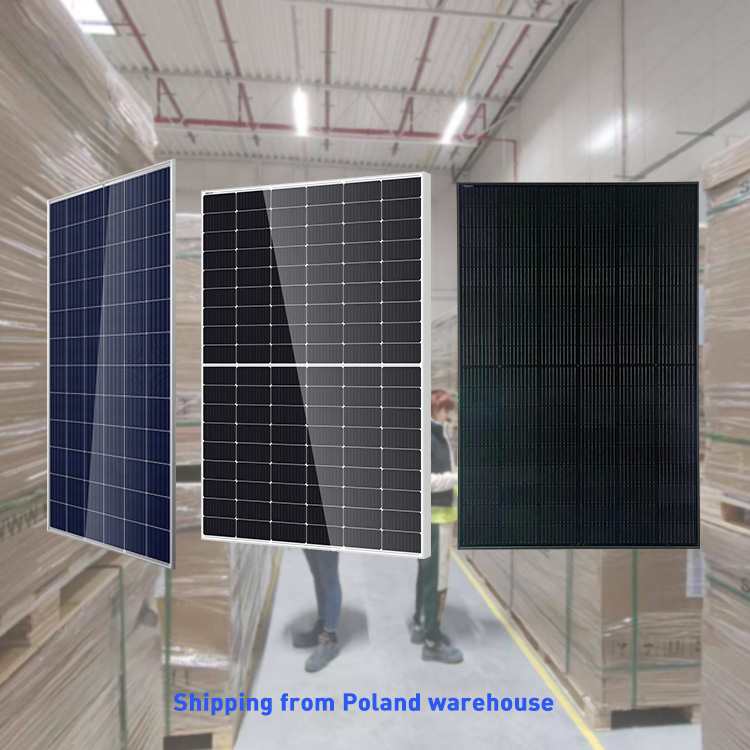Do you know the classification and technology of solar panels on the market?
Solar panels can be classified into different types based on the materials used and the technologies employed. Here is a detailed overview of the main categories and their respective technologies:
1. Monocrystalline Silicon (Mono-Si) Panels:
l Technology: Monocrystalline solar panels are made from a single crystal structure, typically silicon. The silicon ingots used in their production have a high level of purity.
l Efficiency: Mono-Si panels have higher efficiency rates compared to other types, typically ranging from 15% to 22%.
l Appearance: These panels have a uniform dark black color and rounded edges.
2. Polycrystalline Silicon (Poly-Si) Panels:
l Technology: Polycrystalline solar panels are also made from silicon, but they use multiple silicon fragments instead of a single crystal structure. This results in a lower level of purity.
l Efficiency: Poly-Si panels generally have slightly lower efficiency compared to monocrystalline panels, varying from 13% to 17%.
l Appearance: These panels have a bluish appearance due to the multiple crystals present within them.
3. Thin-Film Solar Panels:
l Technology: Thin-film panels use various thin semiconductor layers deposited onto a substrate such as glass, metal, or plastic. The common thin-film technologies include:
l Amorphous Silicon (a-Si): These panels use non-crystalline silicon layers and are flexible, making them suitable for certain applications.
l Cadmium Telluride (CdTe): CdTe panels have layers of cadmium telluride as the light-absorbing material. They offer relatively high efficiency and low cost.
l Copper Indium Gallium Selenide (CIGS): CIGS panels consist of copper, indium, gallium, selenium, and sulfur layers. They have high efficiency potential and good temperature tolerance.
l Efficiency: Thin-film panels generally have lower efficiency compared to crystalline silicon panels, typically ranging from 10% to 12%.
l Appearance: Thin-film panels can have a variety of colors and appearances due to their thin and flexible nature.
4. Bifacial Solar Panels:
l Technology: Bifacial panels capture sunlight from both sides by having light-absorbing materials on both the front and back surfaces. They can be made using monocrystalline or polycrystalline silicon cells, as well as thin-film technologies.
l Efficiency: Bifacial panels offer higher overall energy generation potential as they can utilize reflected light and indirect sunlight from the ground or nearby surfaces.
l Appearance: Bifacial panels generally look similar to monocrystalline or polycrystalline panels.
5. Concentrated Solar Power (CSP):
l Technology: CSP systems use mirrors or lenses to concentrate sunlight onto a receiver, which then converts it into heat or electricity. Common CSP technologies include parabolic troughs, power towers, and dish Stirling systems.
l Efficiency: CSP systems can achieve high efficiencies, typically above 20%. They are primarily used for large-scale power generation rather than residential or commercial applications.
l Appearance: CSP systems consist of large reflectors or mirrors and may have different appearances depending on the specific technology used.
It's important to note that while monocrystalline and polycrystalline panels dominate the market, thin-film technologies and bifacial panels are gaining traction due to their unique characteristics and potential cost advantages. The choice of solar panel type depends on factors such as efficiency requirements, available space, installation location, and budget considerations.



